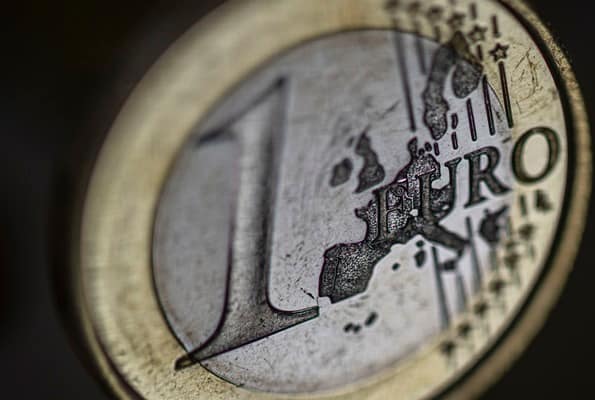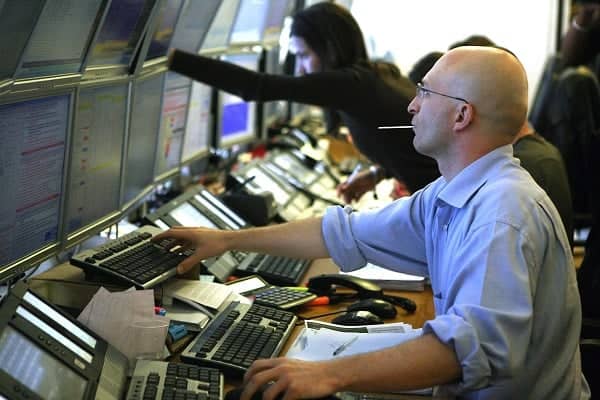The euro was relatively stable on Monday, edging slightly lower against the US dollar amid renewed greenback strength but holding steady versus other major peers.
Investors reacted cautiously to the latest set of manufacturing PMI data, which showed signs of stabilization across the euro area.
The HCOB Eurozone Manufacturing PMI rose to 50.0 in October from 49.8 in September, marking a two-month high and signalling a potential return to expansion.
Output continued to grow modestly, supported by ongoing inventory reductions, while input costs remained unchanged and selling prices increased slightly.
However, employment declined and new orders stagnated, suggesting underlying demand remains fragile.
Germany’s manufacturing PMI improved slightly to 49.6 from 49.5, driven by modest gains in output and new orders, though business expectations fell to their lowest level this year. In France, the index climbed to 48.8, beating forecasts but remaining in contraction territory as firms continued to cut prices and reduce output amid subdued demand and growing competitive pressures.
Looking ahead, the week will bring several key releases that could stir volatility in the euro and regional bond markets. European Central Bank President Christine Lagarde is due to speak on Tuesday, followed by the release of French industrial production on Wednesday, German factory output on Thursday, and euro area retail sales the same day. Meanwhile, German yields edged higher on Monday, with the 10-year treasury yields near 2.64%.








